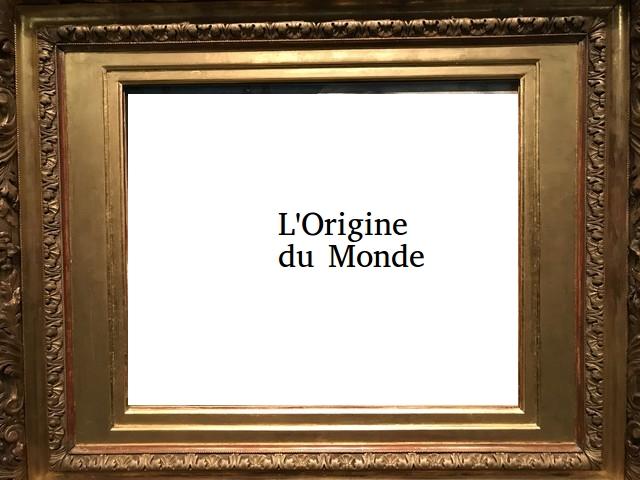The origin of the world

"The Origin of the World" is a controversial and captivating painting by Gustave Courbet, created in 1866. Courbet, known as the first realist artist, developed his own concept of art that focused on portraying the world in a raw and unfiltered manner. This particular work is a striking example of his vision, showcasing a realistic depiction of the female anatomy without any mythological or historical context. The painting is known for its explicit portrayal of the female body, with a focus on the rawness of skin, bones, and the overwhelming sense of violence and wildness in nature.
Despite being created over 150 years ago, "The Origin of the World" continues to provoke controversy and debate. Its unapologetic presentation of the female form challenges societal norms and expectations, making it a timeless and thought-provoking piece of art. It is fascinating to consider how Courbet's bold and frank approach to the subject matter would have been received in his time, and how it continues to push boundaries today.
The painting's execution is both beautiful and meticulous, showcasing Courbet's skill as an artist. The attention to detail in capturing the nuances of the human body is remarkable, drawing viewers in with its realism and intensity. The composition of the painting, with its focus on the female figure in a close-up view, creates a sense of intimacy and vulnerability that is both captivating and unsettling.
In the art world, "The Origin of the World" is considered a groundbreaking work that challenges traditional notions of beauty, femininity, and representation. Its continued relevance and ability to spark discussion and debate speak to the power of art to provoke thought and emotion. As visitors explore the museums and galleries of Versailles, encountering this iconic painting offers a unique opportunity to engage with a piece of art that defies conventions and invites contemplation on the nature of beauty, identity, and representation.
© ChatGPT 3.5